X-37B Headed Deeper Into Space With Falcon Heavy Rocket's Help
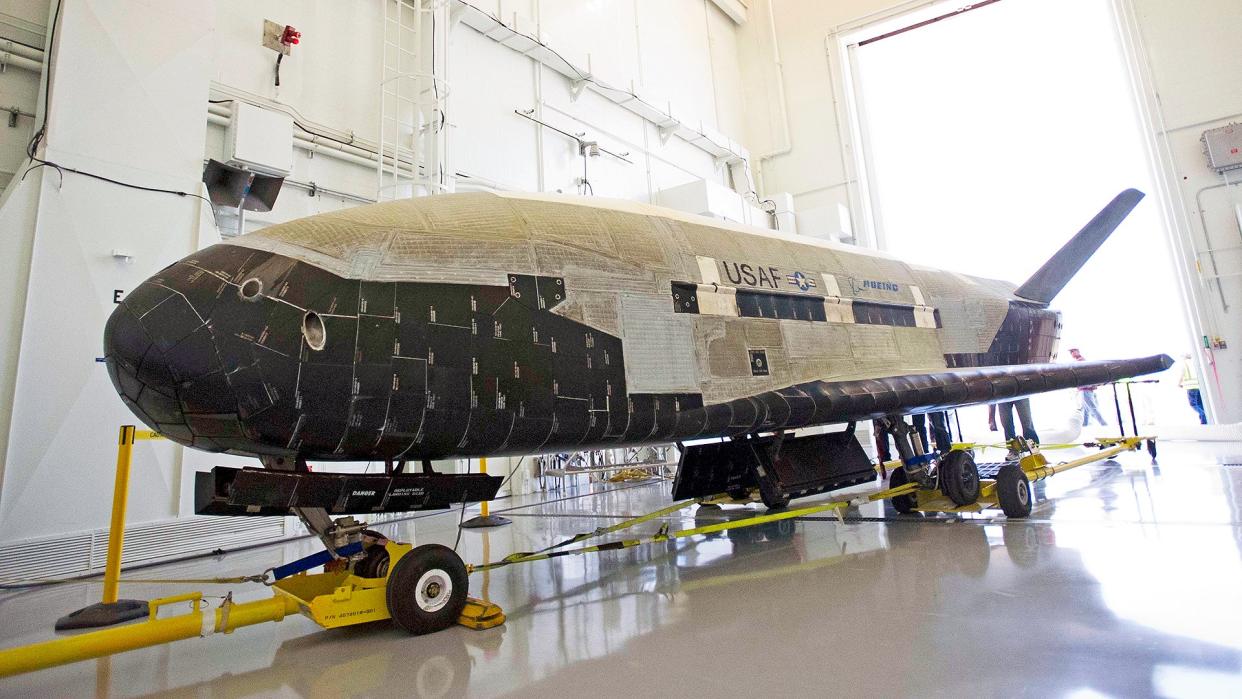
The countdown is on for the next mission of the U.S. Space Force’s secretive X-37B spaceplane. While all of the X-37B’s missions so far have been highly intriguing, to say the least, the next one — the seventh — will involve some particular novelties. Not only will it explore what the Space Force describes as “new orbital regimes,” but the reusable spaceplane will ride atop a SpaceX Falcon Heavy rocket, the most powerful commercial rocket operational anywhere in the world, with the potential to put it much into much higher orbit than was possible on previous missions.
The Space Force announced yesterday that X-37B Mission 7 is scheduled to launch from the Kennedy Space Center, Florida, on December 7, 2023. The spaceplane’s first mission on a Falcon Heavy rocket will be designated USSF-52 and it will be run by the Space Force together with the Air Force Rapid Capabilities Office.
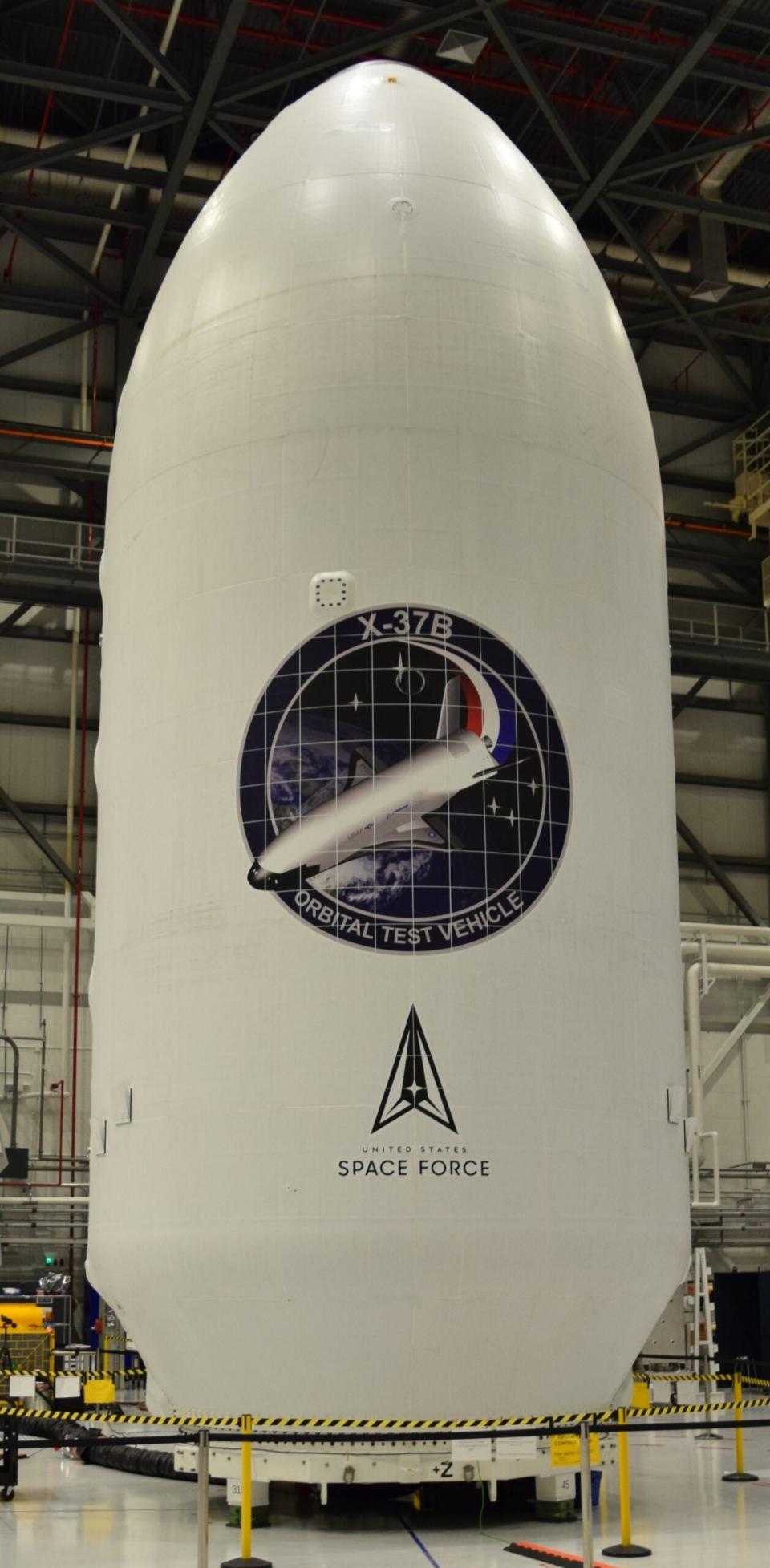
In a typically tersely worded statement, the Space Force said that X-37B Mission 7 will have “a wide range of test and experimentation objectives.” It continued: “These tests include operating the reusable spaceplane in new orbital regimes, experimenting with future space domain awareness technologies, and investigating the radiation effects on materials provided by NASA.”
Lt. Col. Joseph Fritschen, the X-37B Program Director, added: “We are excited to expand the envelope of the reusable X-37B’s capabilities, using the flight-proven service module and Falcon Heavy rocket to fly multiple cutting-edge experiments for the Department of the Air Force and its partners.”
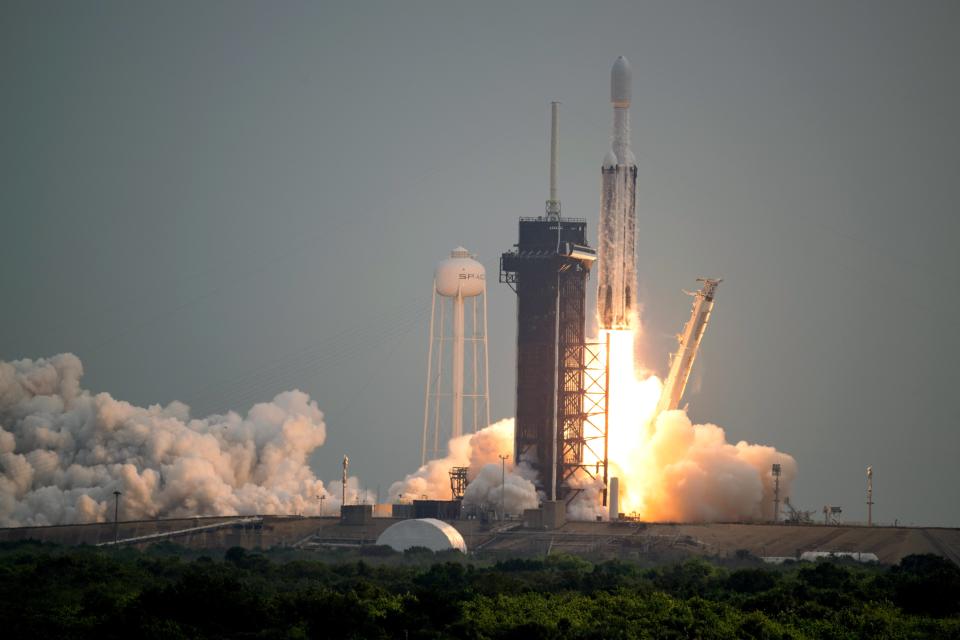
Until Wednesday, it wasn’t publicly known that the X-37B would be riding atop the Falcon Heavy rocket. Previously, the cargo involved in USSF-52 had not been revealed. That mission had originally been planned for launch back in 2021, after SpaceX received a $130-million contract for it in June 2018. It was delayed by what Space News described as “payload readiness and range scheduling issues.”
Using the Falcon Heavy rocket comes after six previous missions that employed the medium-lift Atlas V or Falcon 9 rockets.
https://twitter.com/newwavecosmos/status/1262069658292715521
There remains a big question over how exactly the spaceplane will be used differently after launch by the more powerful rocket. However, Falcon Heavy will be able to propel the X-37B into a higher orbit, which would also correspond with the statement about “new orbital regimes.”
According to the science and technology website Ars Technica, the original military solicitation document for the USSF-52 mission called for a lift capacity of around 14,000 pounds, delivering this into a geostationary transfer orbit. This kind of orbit involves a highly elliptical loop around Earth at a height of around 22,000 miles above sea level. The X-37B weighs around 11,000 pounds, minus the service module.
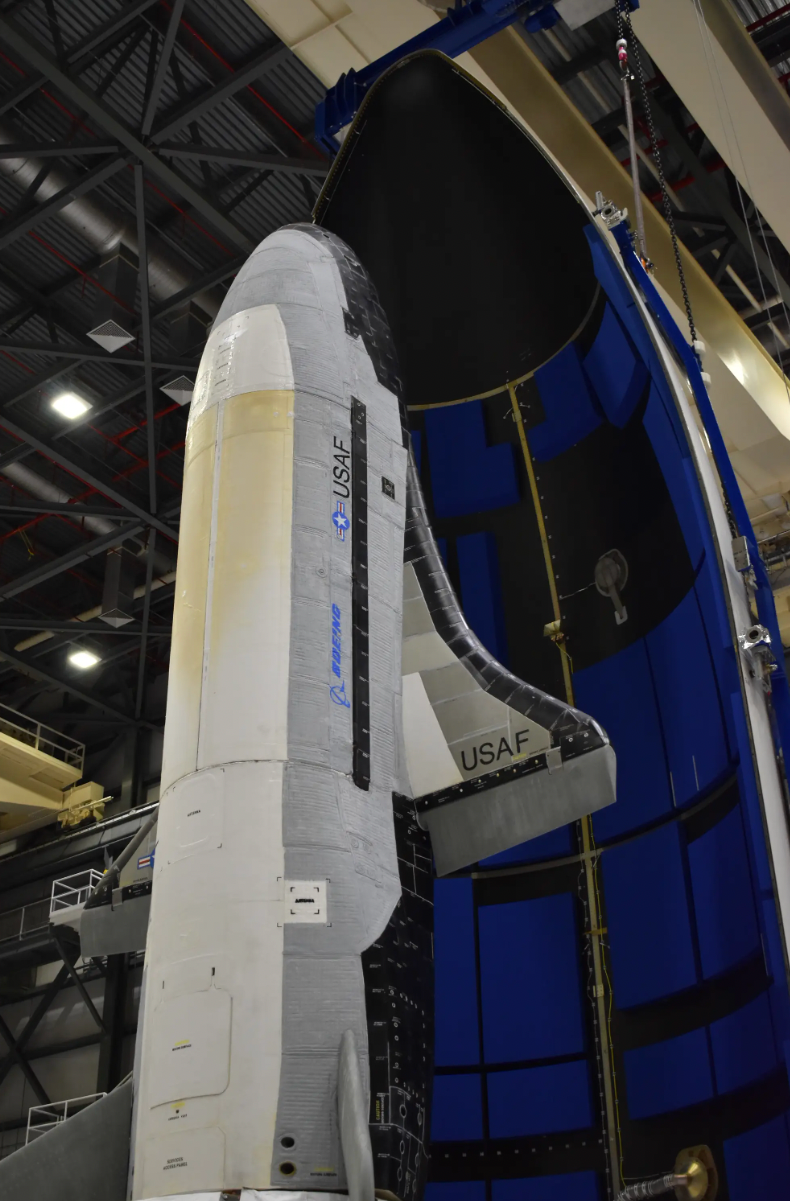
The previous six missions involved mid-inclination orbits, in which the X-37B flew a few hundred miles above the Earth, following a path that took the spaceplane between about 55 degrees north and south latitude on each orbit. This was in the realm of low earth orbit (LEO), which is roughly beneath a height of 1,200 miles above the surface of the planet. Many objects in LEO are at a few hundred miles or so in altitude. The International Space Station, for instance, orbits 254 miles above the planet.
However, as Ars Technica points out, with the solicitation document now being more than five years old, the requirements could have been updated to reflect changes in the mission. It’s possible, however, that more details could be revealed close to the launch, based on airspace and maritime warning notices.
The Space Force’s statement about using the X-37B “in new orbital regimes,” coupled with the use of the Falcon Heavy rocket on this mission ties in with some of what is known about the U.S. military’s ambitions as regards missions beyond traditional orbits, including in the space between these well established orbital planes and the moon, and possibly beyond.
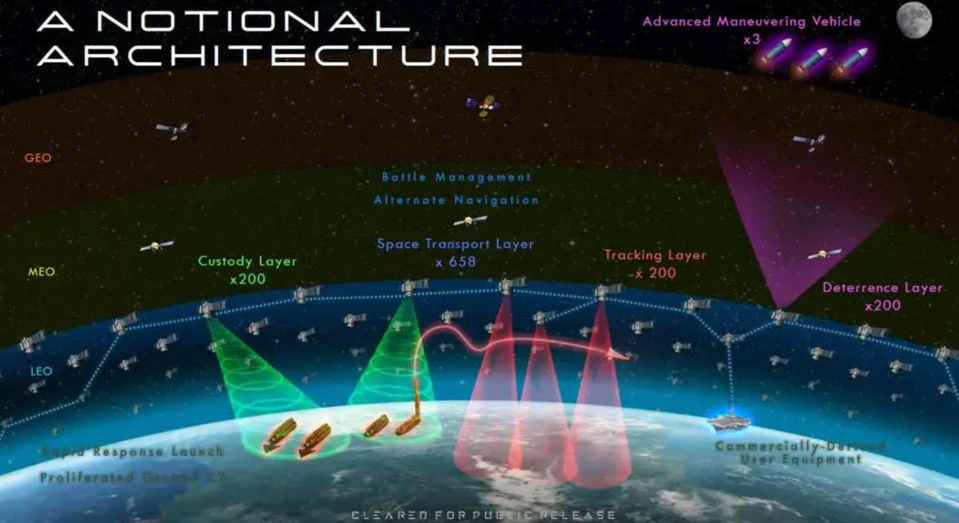
Back in 2020, The War Zone reported on how the Space Vehicles Directorate, part of the Air Force Research Laboratory (AFRL) was running an internal competition aimed at selecting a new project to explore potential military activities in new areas of space. This included efforts to examine missions in very low orbits around the Earth, but also operations in cislunar space between the Earth and the Moon.
“We in AFRL are working on technologies to expand space domain awareness above the GEO [geostationary] belt — so from the GEO belt all the way to the Moon and even a little bit beyond,” Air Force Col. Eric Felt, then the head of the Space Vehicles Directorate, said at the time. “It’s what we call the xGEO, or the cislunar, area of operations. And as commercial people move there, and our adversaries move there, that becomes an area where we need to know what’s going on up there.”
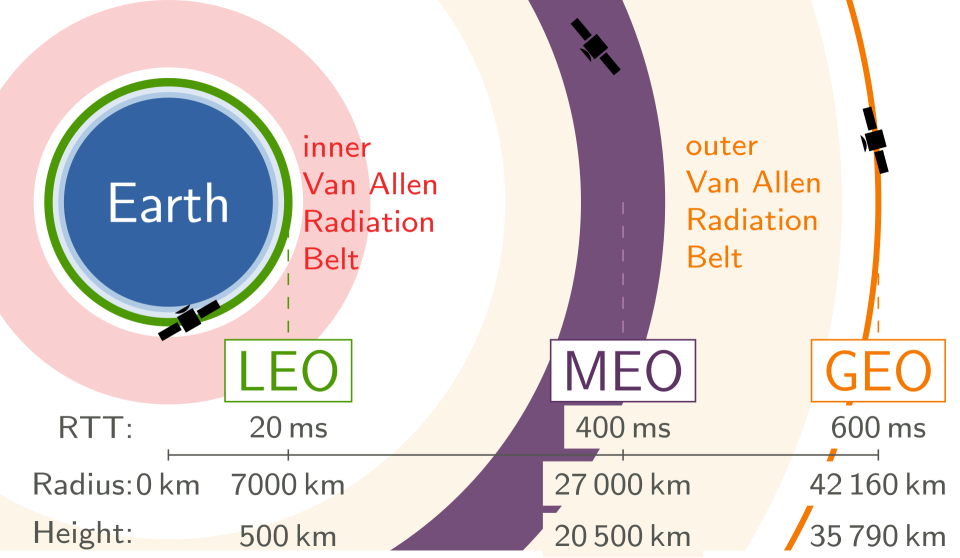
It’s noteworthy, too, that Col. Felt used the same term “space domain awareness” that the Space Force now does in its statement about the next X-37B mission.
Combining the X-37B with the Falcon Heavy rocket would seem to have particular relevance when operating in cislunar space, although in lower orbits the spaceplane configuration also brings advantages, including a significant degree of maneuverability, something that Air Force officials have referred to in the past.
Wherever exactly in space the Falcon Heavy rocket will take it, the X-37B will be packed with various items of equipment, for test work and possibly more.
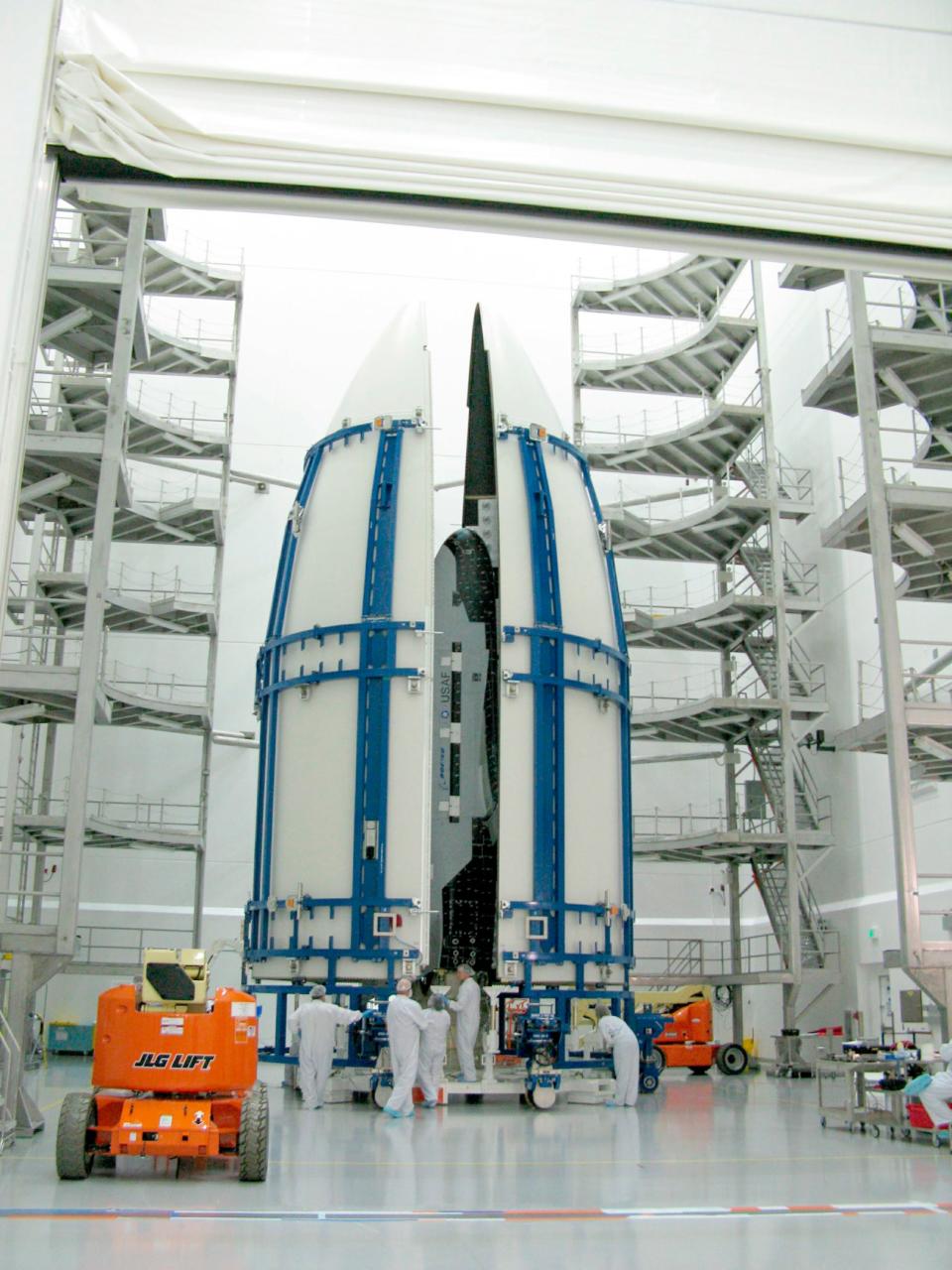
Referring to the mission’s planned experiments as “groundbreaking,” Chief of Space Operations, Gen. B. Chance Saltzman, said: “The X-37B continues to equip the United States with the knowledge to enhance current and future space operations. X-37B Mission 7 demonstrates the USSF’s commitment to innovation and defining the art of the possible in the space domain.”
Of those experiments, only the one on behalf of NASA has so far been described in any more detail. Known as Seeds-2, this onboard experiment “will expose plant seeds to the harsh radiation environment of long-duration spaceflight.” It’s a continuation of previous experiments and should help to pave the way for future crewed space missions.
As to the reference to “future space domain awareness technologies,” the Space Force says this part of the mission will involve tests that “are integral in ensuring safe, stable, and secure operations in space for all users of the domain.”
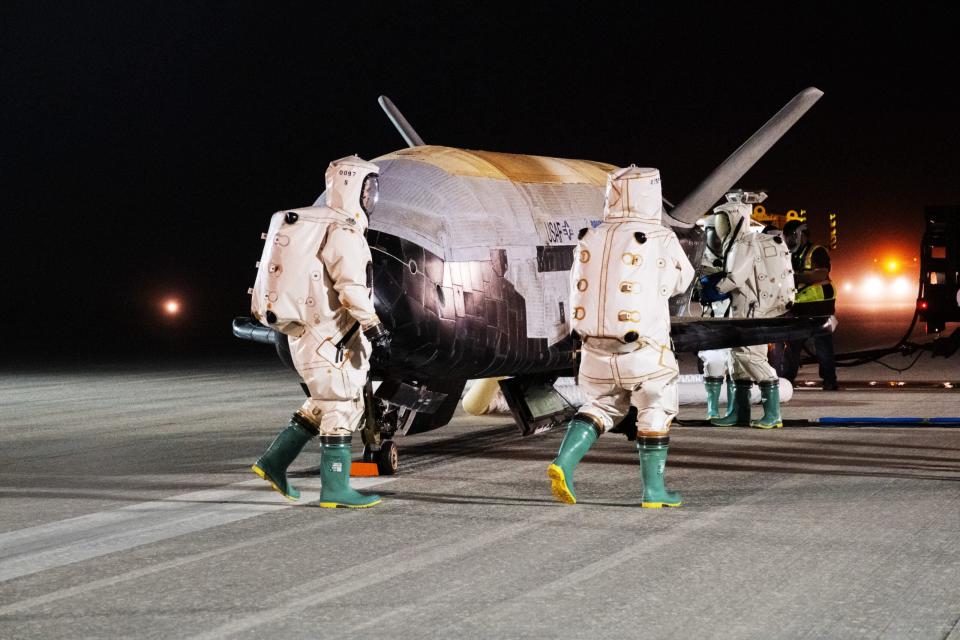
It’s possible that these “space domain awareness technologies” may refer to the surveillance of other objects in orbit, including those beyond the GEO belt. It could also relate to potential tests, or future plans, to have the X-37B approach other satellites in orbit for inspection or even manipulation or destruction. There have already been rumors that the X-37B may be intended to fulfill missions such as these, or that it might be intended as a space-based weapons platform.
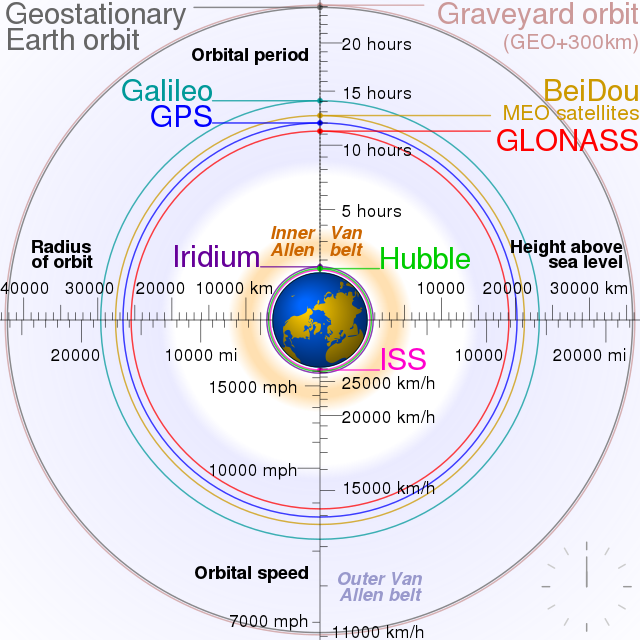
The X-37B has previously been referred to as a component of an emerging Space Force “orbital warfare” remit. While details are extremely scarce, this mission falls within the remit of Space Delta 9, a unit known to be tasked with keeping track of potentially hostile activity in space, as well as deterring threats and even potentially defeating them.
Developments of this kind are of growing interest to the United States, especially in light of Chinese and Russian activities in space. Russia, for example, has a number of what it calls “space apparatus inspectors” in orbit, which the U.S. government and others warn the Kremlin could use to gather intelligence on other satellites or function as “killer satellites,” using various means to damage, disable, or destroy those targets.

China, meanwhile, is busy with an apparently similar spaceplane project of its own, which you can read more about here. In May this year, the Chinese spaceplane is said to have returned to Earth after 276 days in orbit, a significant development for the Chinese space program, although well short of what the X-37B has achieved, in terms of duration.
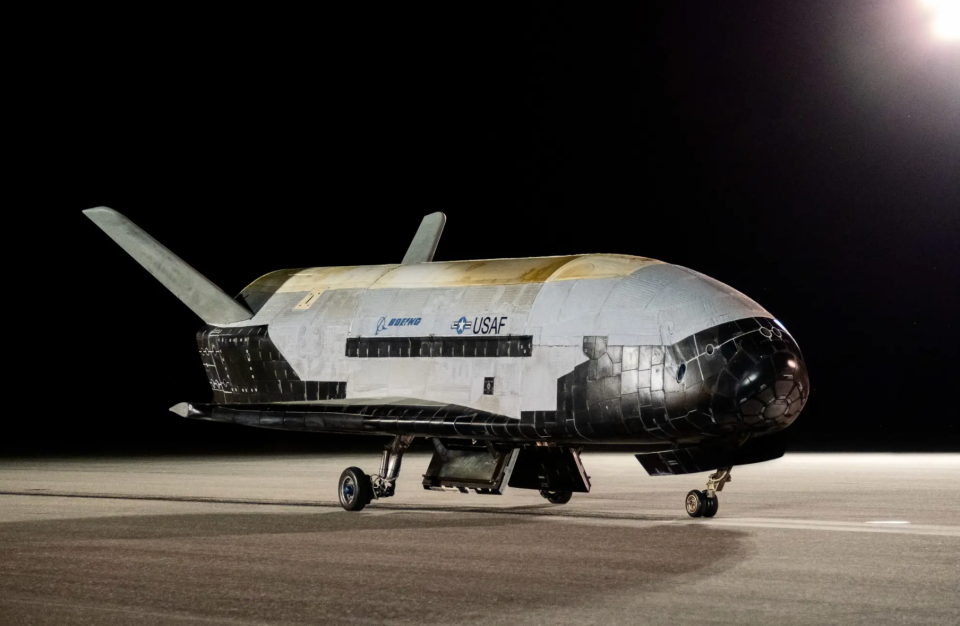
Whatever the types of payloads that the X-37B will carry once launched in December, the spaceplane will make use of a service module, in addition to its integral payload bay. Attached to the rear of the spaceplane, the service module provides extra space for payloads, meaning a wider range of experiments can be undertaken and cargoes carried.
The previous mission, X-37B Mission 6, was the first to introduce a service module, something you can read more about in our profile on it linked here.
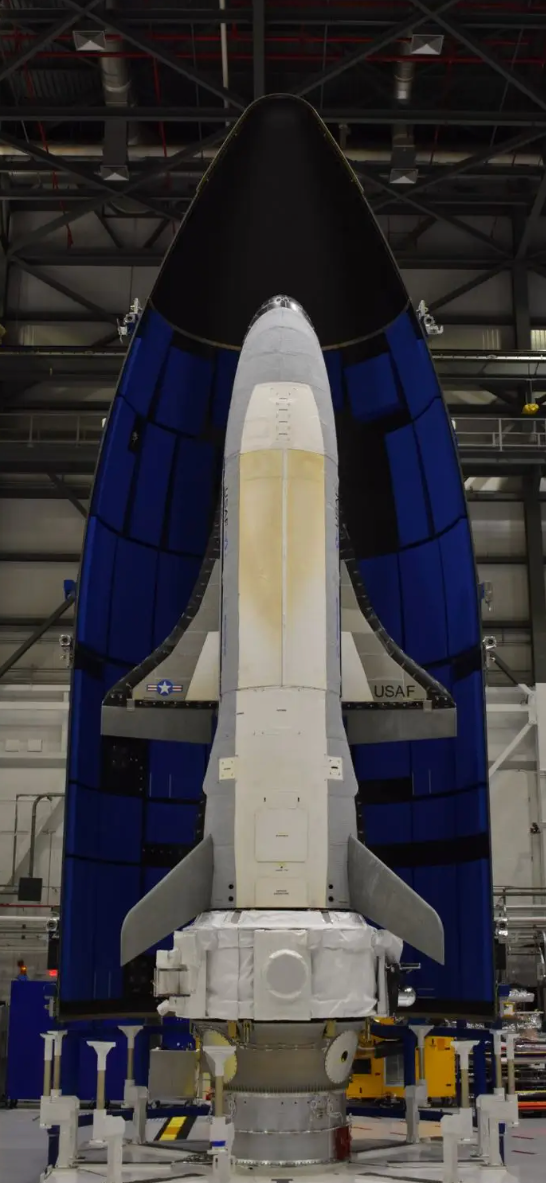
A video showing the X-37B’s truckbed-sized main payload bay, like that found on the much larger NASA Space Shuttle:
https://twitter.com/DutchSpace/status/1305840741365678087
For X-37B Mission 6, payloads included the Naval Research Laboratory’s Photovoltaic Radio-frequency Antenna Module (PRAM) experiment, which transforms solar power into radio-frequency microwave energy; two previous NASA experiments looking at space effects on materials and seeds; as well as the FalconSat-8, a small satellite developed by the U.S. Air Force Academy and sponsored by the Air Force Research Laboratory. But these are just tertiary experiments as the core of the X-37B’s work is highly classified.
https://twitter.com/DutchSpace/status/1262112661040508928
X-37B Mission 6 launched in May 2020 on an Atlas V rocket and the spaceplane returned to Earth in November 2022, after 908 days in orbit — a new endurance record.
For now, as with all things X-37B-related, most aspects of the forthcoming seventh mission remain shrouded in secrecy. Whatever Mission 7 brings, in terms of experiments and flight profile, it will surely add another chapter to what is one of the most intriguing defense programs that we currently know about.
Contact the author: thomas@thedrive.com

